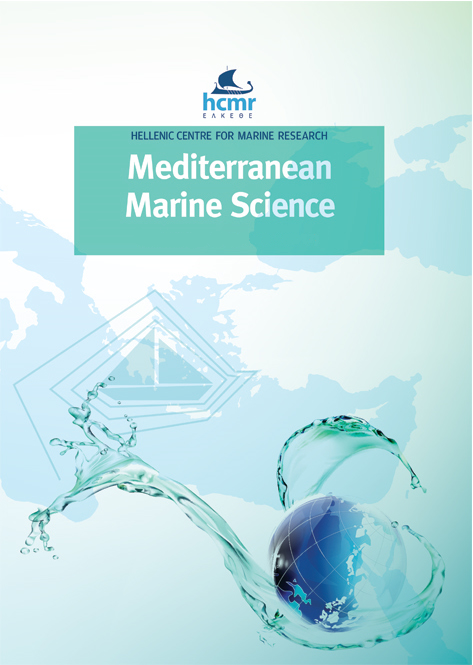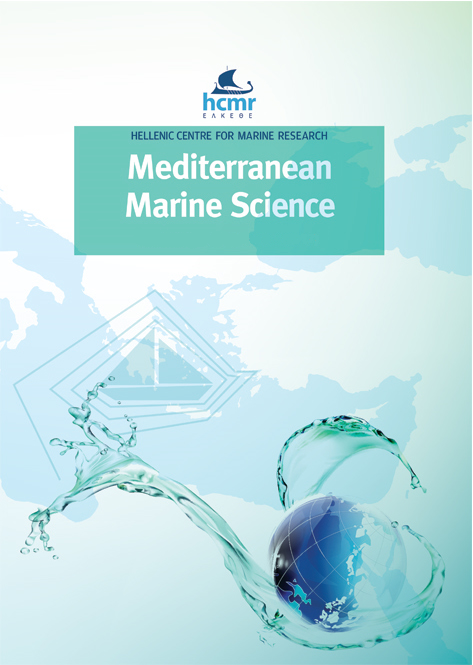Ecology and seasonality of Pseudo-nitzschia species (Bacillariophyceae) in the northwestern Adriatic Sea over a 30-years period (1988–2020)

Abstract
The ecology and seasonality of Pseudo-nitzschia species and their contribution to phytoplankton community were analysed for the first time at the coastal station of the LTER-Senigallia-Susak transect (north-western Adriatic Sea) from 1988 to 2020. Species composition was addressed using DNA sequence data obtained from 106 monoclonal strains isolated from January 2018 to January 2020. The mean annual cycle of total phytoplankton in the study period (Feb 1988–Jan 2020) showed maximum abundances in winter followed by other peaks in spring and autumn. Diatoms were the main contributors in terms of abundance during the winter and the spring blooms. The autumn peak was due to phytoflagellates and diatoms. In summer phytoflagellates dominated the community, followed by diatoms and dinoflagellates, which in this season reached their annual maximum. Pseudo-nitzschia spp. represented on average 0.4–17.6% of diatom community, but during their blooms they could reach up to up to 90% of the total diatom abundances with 106 cells l-1. By LM, six different taxa were recognized: Pseudo-nitzschia cf. delicatissima and P. cf. pseudodelicatissima were the most abundant, followed by P. cf. fraudulenta, P. pungens, P. multistriata and P. cf. galaxiae. P. cf. fraudulenta and P. pungens were indicator taxa of winter. P. cf. delicatissima and P. cf. pseudodelicatissima were spring and summer taxa, respectively. P. galaxiae showed maximum abundances in autumn. DNA sequences revealed the presence of two species belonging to the ’P. seriata group’ (i.e. P. fraudulenta and P. pungens) and four species belonging to the ‘P. delicatissima group’ (P. calliantha and P. mannii within the P. pseudodelicatissima species complex, and P. delicatissima and P. cf. arenysensis within the P. delicatissima species complex). The presence of several cryptic and pseudo-cryptic species highlights the need to combine LM observations with DNA sequence data when the ecology of Pseudo-nitzschia is investigated.
Article Details
- How to Cite
-
GIULIETTI, S., ROMAGNOLI, T., CAMPANELLI, A., TOTTI, C., & ACCORONI, S. (2021). Ecology and seasonality of Pseudo-nitzschia species (Bacillariophyceae) in the northwestern Adriatic Sea over a 30-years period (1988–2020). Mediterranean Marine Science, 22(3), 505–520. https://doi.org/10.12681/mms.26021
- Issue
- Vol. 22 No. 3 (2021)
- Section
- Research Article
Authors who publish with this journal agree to the following terms:
- Authors retain copyright and grant the journal right of first publication with the work simultaneously licensed under a Creative Commons Attribution Non-Commercial License that allows others to share the work with an acknowledgement of the work's authorship and initial publication in this journal.
- Authors are able to enter into separate, additional contractual arrangements for the non-exclusive distribution of the journal's published version of the work (e.g. post it to an institutional repository or publish it in a book), with an acknowledgement of its initial publication in this journal.
- Authors are permitted and encouraged to post their work online (preferably in institutional repositories or on their website) prior to and during the submission process, as it can lead to productive exchanges, as well as earlier and greater citation of published work (See The Effect of Open Access).






